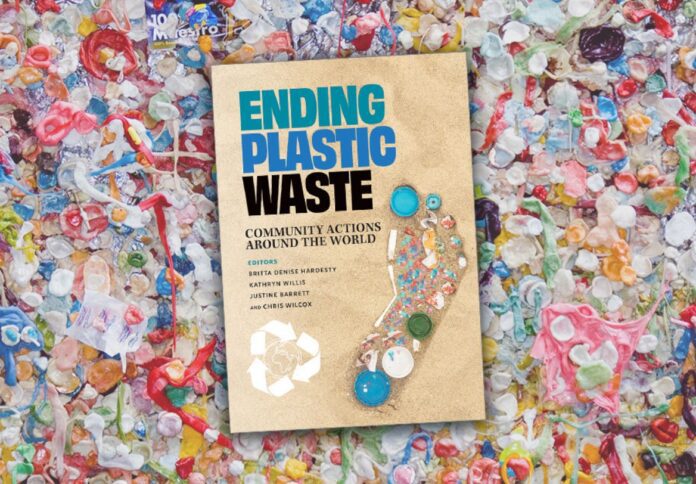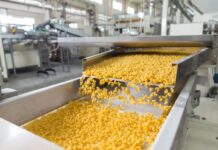
Australia’s national science agency CSIRO has published a new book that sheds light on the innovative and impactful ways communities throughout the world are addressing the plastic pollution challenge.
The book, titled “Ending Plastic Waste: Community Actions Around the World,” is a compilation of testimonies, suggestions, and facts from experts in the field and is meant to serve as an inspiration for lowering environmental plastic waste.
It features 19 initiatives from 15 countries, including Australia, including the use of reusable menstrual products, transforming thongs into pieces of art, and developing a recycling application to help reduce waste going to landfills.
According to CSIRO, global plastic output is predicted to treble by 2040, and oceans currently contain trillions of particles of plastic.
CSIRO scientist and editor Dr Denise Hardesty stated the extent of the problem is such that governments from all over the world met in June this year to begin discussions for the United Nations Environmental Program global convention to end plastic pollution.
“Plastic pollution is now considered a planetary crisis. The world is taking notice that we need to change our relationship with plastic and use plastic as a resource, rather than a waste,” Dr Hardesty said.
She added how it is encouraging to see how communities are addressing plastic pollution in their communities, resulting in wins for the environment, the economy, and livelihoods.
“We can all make a difference,” Dr Hardesty remarked.
“The Plastic Collective,” a social organisation that educates and equips isolated communities with facilities to turn plastic trash into a resource, is one of the case studies covered in the book.
Another case study, “The Plastics Circle,” has developed an app that allows companies and plastic processors to make orders for specific post-consumer recycled (PCR) plastic.
Founder Murray Hyde said, “Quality recyclables were going to waste in countries across Asia. The app creates a circular economy model so plastic can be used again, rather than going to landfill or ending up in our oceans.”
He explained that the app creates a market for PCR plastics by providing information on the plastic type, colour, condition, location, and price so that it can be reused.
For more details about the book, you may visit this link.



















